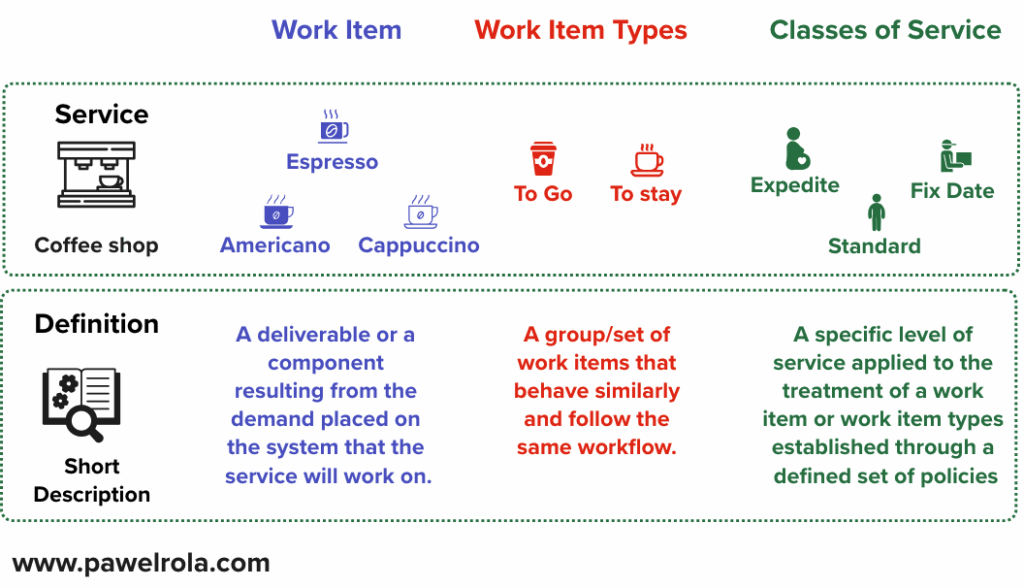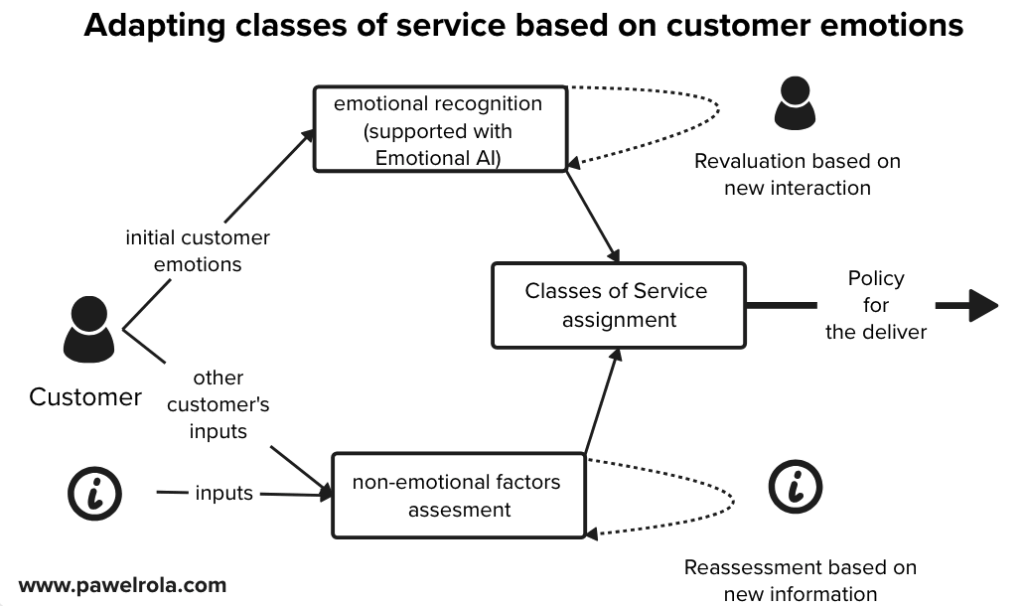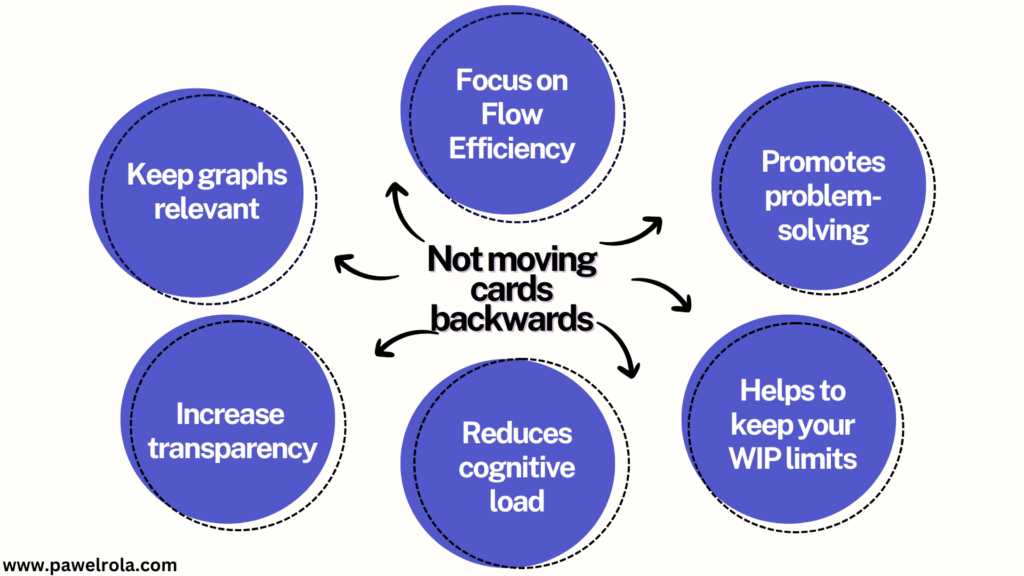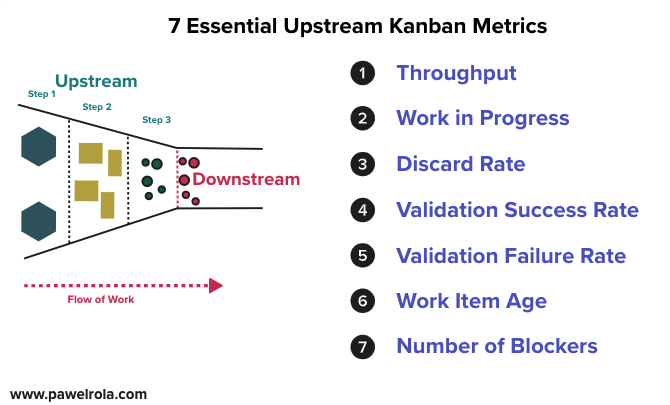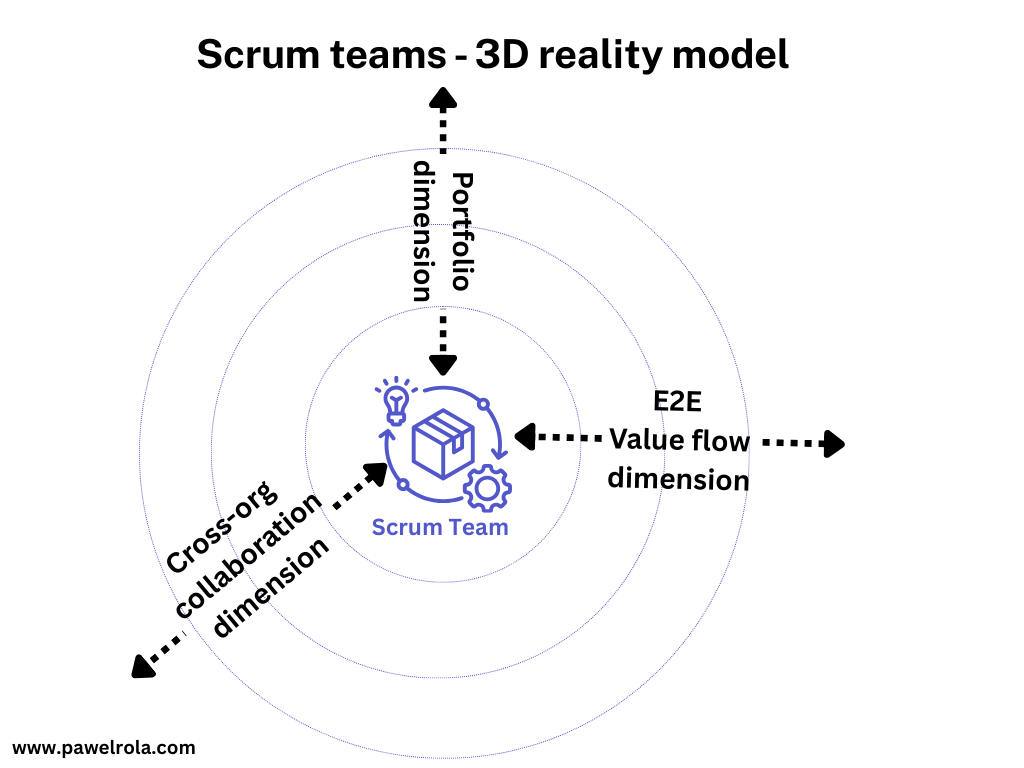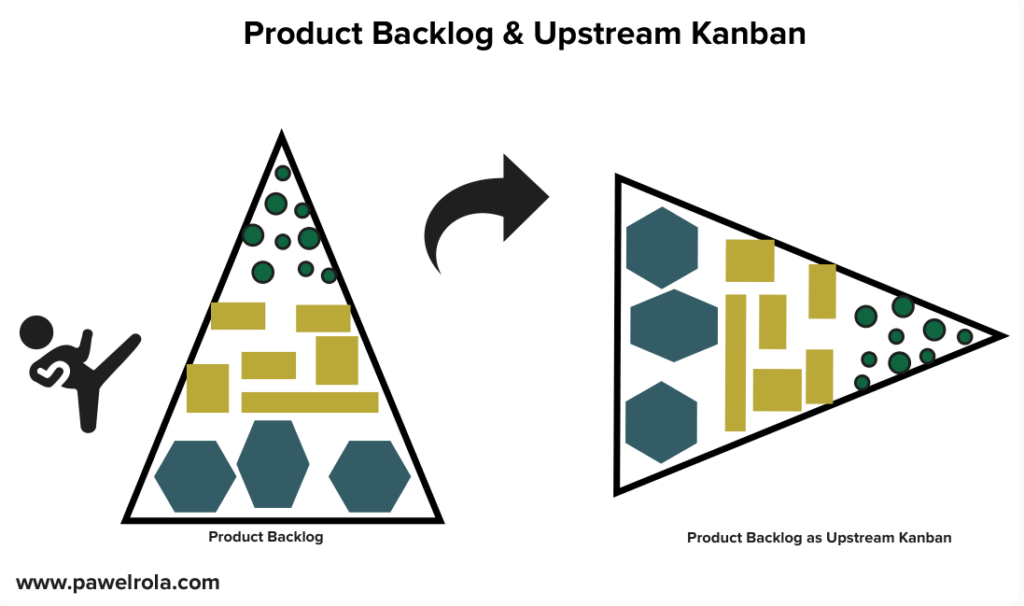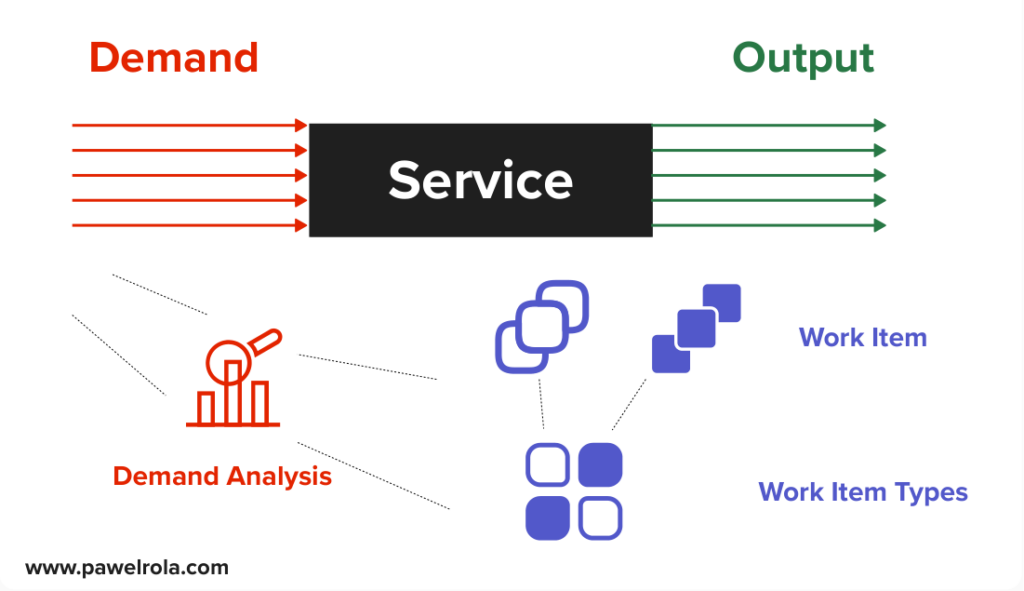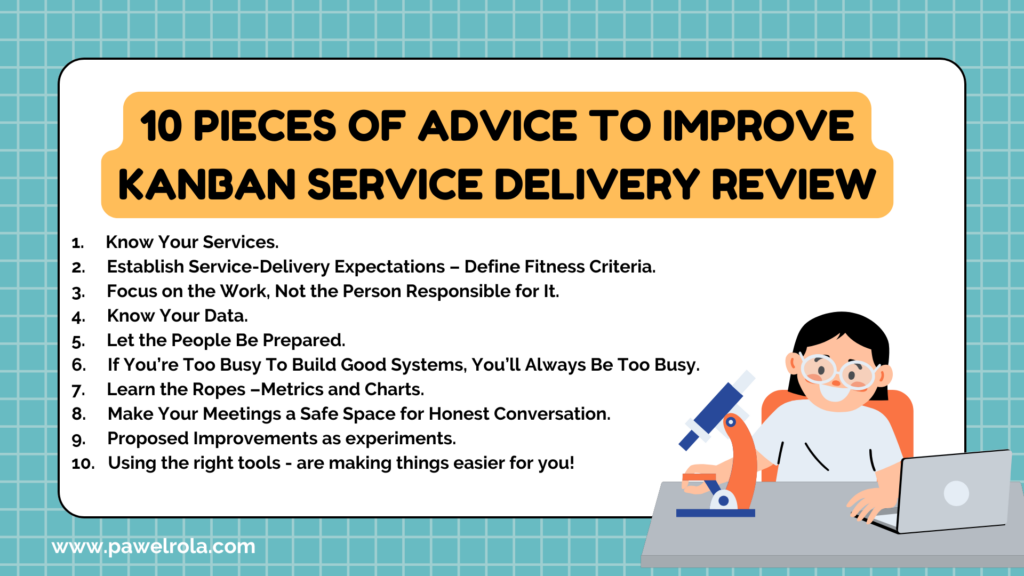Work Item Types vs Classes of Service in Kanban: Definitions, Examples & Practical Tips
One of the most common challenges when designing Kanban is the confusion between work item types and classes of service. These core concepts directly influence delivery speed, team productivity, and customer satisfaction. One potential reason your Kanban system lacks clarity and consistent flow is confusion between work item types and classes of service. Exploring this […]
Work Item Types vs Classes of Service in Kanban: Definitions, Examples & Practical Tips Read More »
